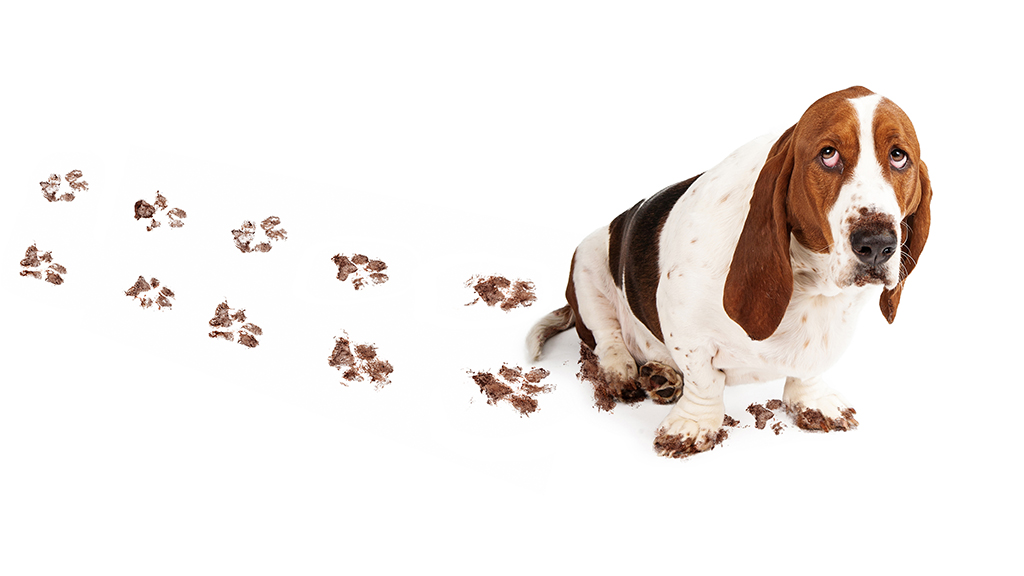Abstract
This interrupted case study explores the factors that might cause the “guilty look” in dogs, including the dog’s performance of a misdeed and the owner’s response. The case engages students in the scientific method, from making observations and developing hypotheses to designing experiments and making predictions, as well as graphing and interpreting quantitative data. Students also have an opportunity to discuss anthropomorphisms and secondary emotions, and to gain skills in making behavioral observations. Originally developed for a lower-division majors undergraduate biology course, the case could also be used in non-majors’ interdisciplinary courses. The case is based on a 2009 research article published in Behavioural Processes by Alexandra Horowitz titled “Disambiguating the ‘Guilty Look’: Salient Prompts to a Familiar Dog Behaviour.” This article is not freely accessible (a subscription to the journal is currently required); however it is not essential that students have access to the original article since the relevant information is contained in the case study.



